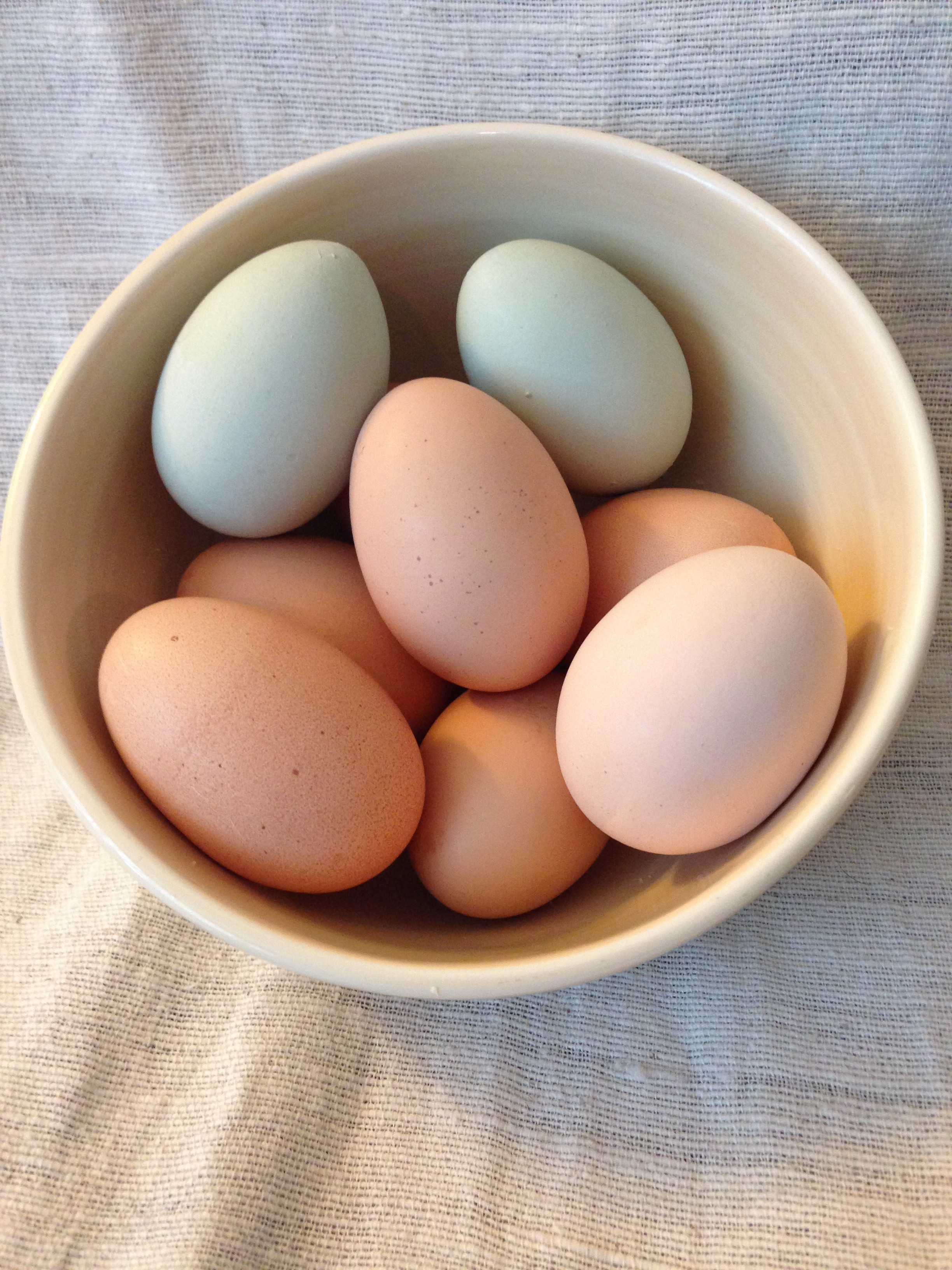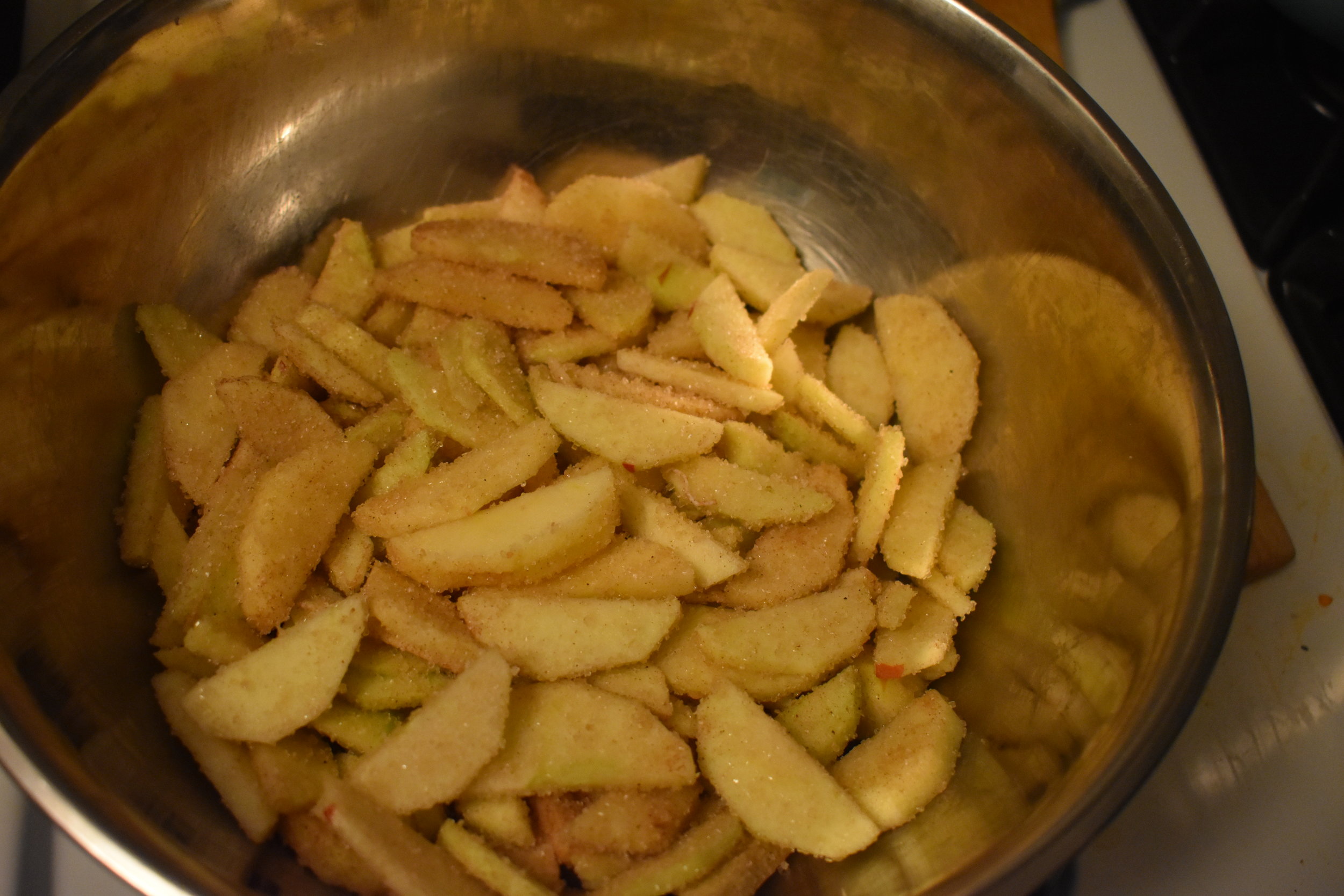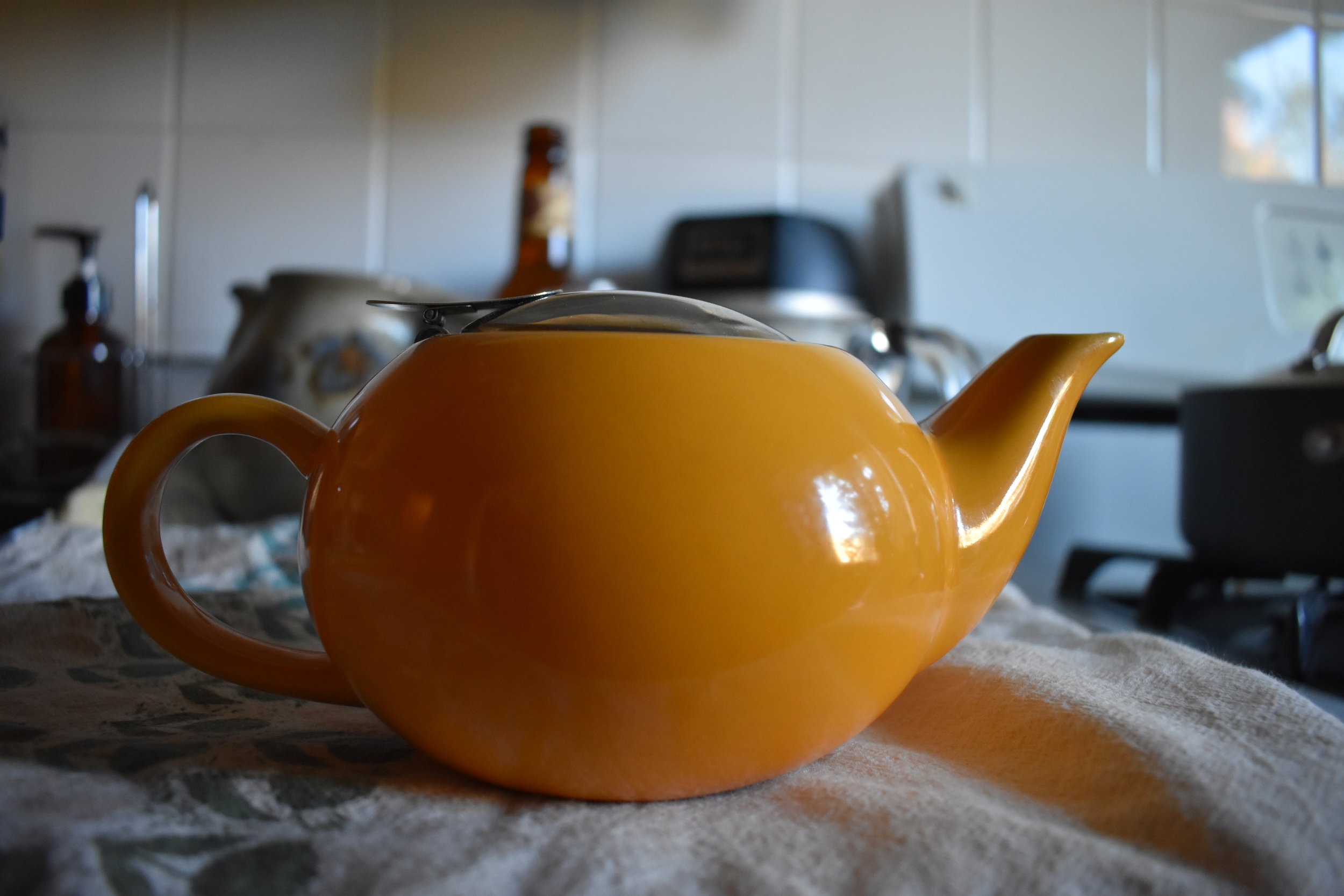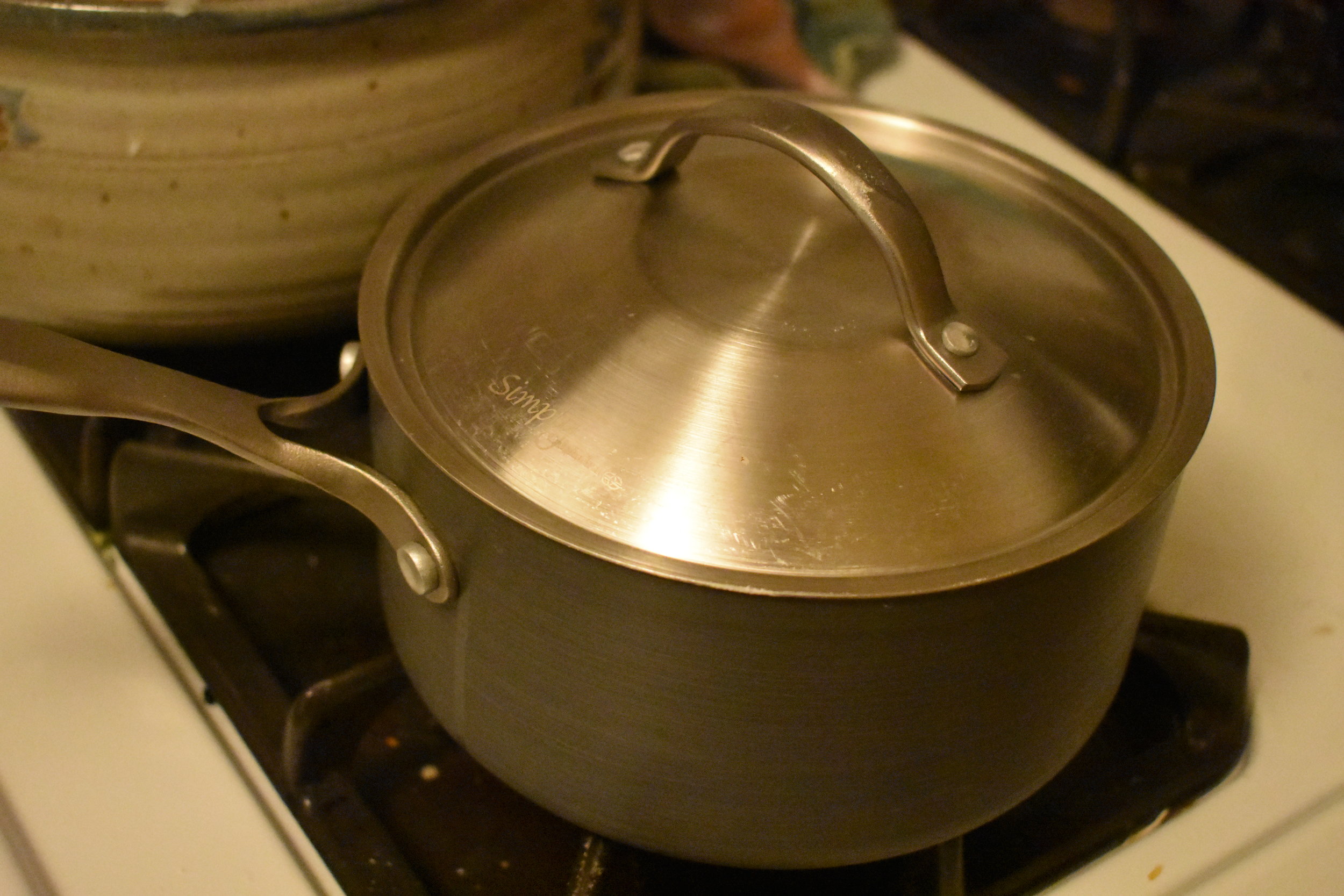1. There's Already Enough Stuff
There is so much stuff already in this world. Like waaaaaay too much stuff. That's why so much of it ends up in landfills and our oceans. Even though manufacturing is continuing at an alarming rate, we don't need to continue to consume new products all the time!
If you really want something new I'd recommend going through sites like Blinq where returned and barely used items are sold. I recently bought a multicooker from Blinq because I wasn't able to find one of the quality I wanted second hand locally.
2. New Life
You have the awesome (and fun!) opportunity to take something that's a little worn, and turn it into something beautiful! I'm currently working on updating a set of 4 chairs that I bought on craigslist. They were a wee bit ugly, but I saw the potential. And a little new paint and upholstery will make them usable for much longer!
3. It's Uniquely Yours
I really don't want someone to be able to walk into my home and know exactly where I bought everything from. Buying second hand often gives you beautiful pieces that aren't the latest season (or decade), so they feel more uniquely yours.
One of my favorite things that I've gotten secondhand is my earthenware dish set. I got it for $100 on craigslist and it came with 8 large plates 6 small plates, 3 serving plates, 8 bowls, 8 mugs, and 2 dutch ovens. Not only was that a freaking STEAL, but I feel like they are irreplaceable!
4. Longevity
I personally feel like many items made decades ago were meant to stand the test of time, that's why they end up in thrift shops 30-70 years later still usable, and yet that IKEA dresser that's 2 years old is completely falling apart. I have baskets, chests, bowls, pots, pans, etc. that are all at least 20 years old. And they can be repaired when they break (unlike that freaking IKEA dresser)
5. Waste Reduction / Diversion
Through donating your used goods (instead of tossing them) and buying second hand, you're diverting waste from landfills. Just because you, or someone else is done with an item, doesn't mean it's lost all it's usefulness.
6. Money, Honey.
The pure, unadulterated thrill of walking away with an item worth $100 for $8 never gets old! Whether your finding stuff at a thrift store, or through sites like craigslist and nextdoor, it always feels great. Most of my favorite material things are second hand items, and it's probably partially because I didn't have to spend a fortune on them!
Random Stuff I've gotten second hand:




